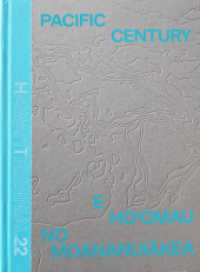- ホーム
- > 洋書
- > 英文書
- > Crafts & Hobbies
Full Description
A lavishly illustrated exploration of quilting across six generations. ""Mary Black's Family Quilts"" utilizes a remarkable collection of sixteen quilts to tell the story of a family through six generations and to document with scholarly and aesthetic insights the material behaviors associated with quilting traditions. The daughter of a prominent farmer, Mary Louisa Snoddy Black (1860-1927) is remembered in the Spartanburg, South Carolina, region for the hospital named in her honor and for the philanthropic foundation that continues to support community health and wellness. Laurel Horton explores the even more tangible legacy Black left to her descendants - trunks full of quilts made by the Black family women, each labeled with detailed information about its origin and significance. Pairing the information from the labels with research culled from interviews, letters, and public documents, Horton stitches together the family's history across the fabric of two centuries as she explores the roles of women as keepers of home, hearth, and history in nineteenth- and twentieth-century America. Valuable both as artistic creations and as historical artifacts, the Black family quilts reflect decades of work, familial interactions, economic philosophy, and personal and communal values. Suggesting that quilts were exchanged as a mode of currency in an informal, female-centered economy, Horton uncovers the clues they hold about the people who made and used them in their daily lives. From the whole-cloth quilt made by Black's great-grandmother around 1850 to examples from the early twentieth century, Horton traces changes in style, material, and functions of quilts. In doing so, she dispels popular misconceptions associated with these pieces of Americana. ""Mary Black's Family Quilts"" also includes a foreword by Michael Owen Jones, professor of culture and performance, University of California, Los Angeles, and author of Craftsman of the Cumberlands: Tradition and Creativity.






